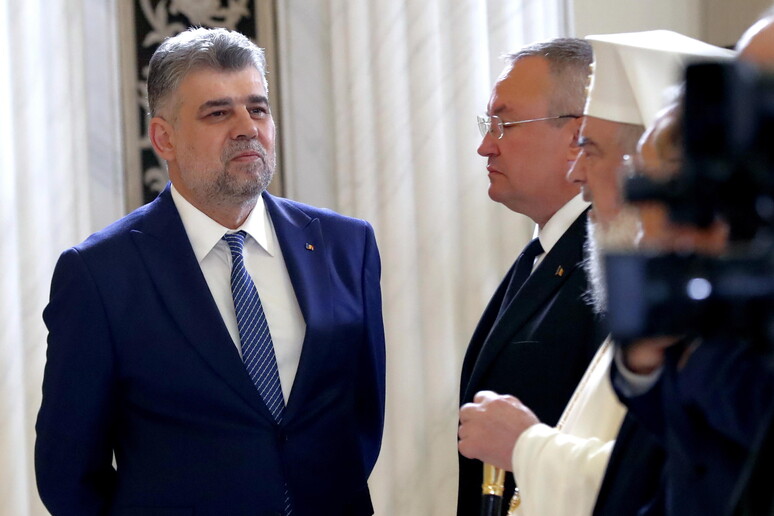On June 9, Romania returns to
the polls on a day that will see the country involved in both
European parliamentary and local elections, including those
in the capital, Bucharest. The last vote for the European
Parliament in 2019 marked an unprecedented turnout - more than
50 percent of eligible voters went to the polls, and over 30
percent more than those in 2014 - reflecting a growing
pro-European sentiment in the Balkan country.
Compared to five years ago, the domestic political scenario
has substantially changed, as the two main parties, the The
Social Democrats (SDP) and the Liberals (NLP) have become allies
as of September 2021 and are presenting themselves together in
this election, despite belonging to opposite sides. These two
parties will likely gain most of the 33 seats reserved for
Romania in the European Parliament. The two leaders of the
National Coalition, Premier Marcel Ciolacu (PSD) and former
Prime Minister Nicolae Ciuca (NLP) announced participation in
joint lists in the European elections last February and the
amalgamation of the latter with local elections.
Challenging the National Coalition may be the United Right
Alliance, formed by USR (Union Saves Romania), PMP (People's
Movement Party), and FD (Right Force). In contrast, curiosity
and expectation about the election result aroused the far-right
formation of AUR (Alliance for the Union of Romania), an
ultranationalist, Euro-skeptic, and populist party that, founded
in December 2019, is at its first participation in the MEPs
after 2020 succeeded, to everyone's surprise, in entering the
National Parliament in Bucharest.
This political context also includes REPER (Let's Renew
Romania's European project) but does not see any aligned forces
for the center-left.
ALL RIGHTS RESERVED © Copyright ANSA





